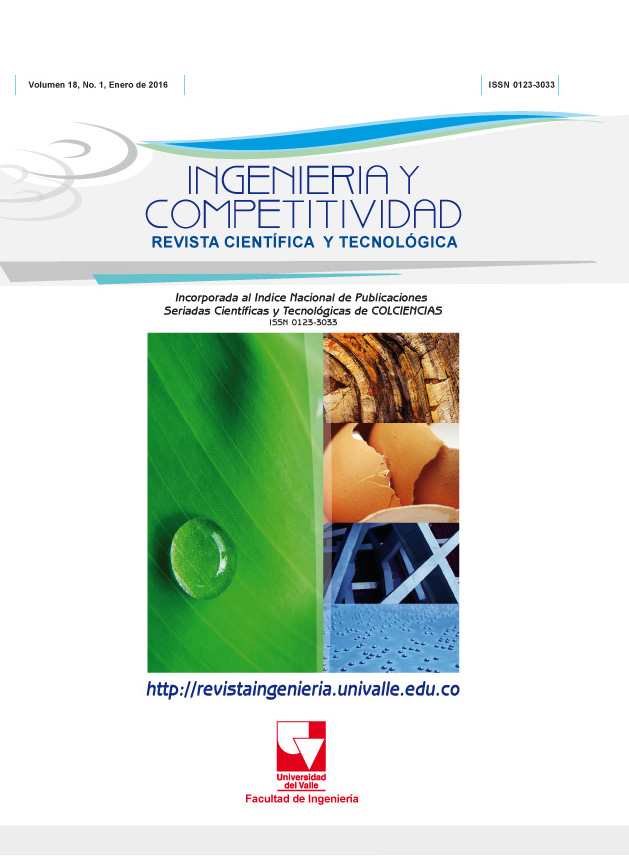Synthesis and chemical and structural characterization of hydroxyapatite obtained from eggshell and tricalcium phosphate
Contenido principal del artículo
The eggshell is a common residue that is usually discarded without giving any use to it. In this paper the results obtained from a proposed procedure to get hydroxyapatite (HA) from eggshell are shown. The HA is a calcium phosphate which has been widely used as implant material due to the close similarity of its composition with the inorganic phase of natural bone. HA generally has a high cost and it is presented as micro and nanostructured bioceramics; the last one is a promising option for tissue engineering nanotechnology. In this study, results of X-ray diffraction (XRD) showed the hydroxyapatite production exhibiting the characteristic peaks of this material for the cubic phase fcc (111), (102), (211), and for the hexagonal phase hcp (h-211) and (h-322). From the results of Fourier transform infrared spectroscopy (FTIR), it was possible to determine the active modes of vibration corresponding to hydroxyapatite (Ca10 (PO4)6(OH)2). From the results of scanning electron microscopy, it was determined the topography of the ceramic powder as well as its morphological distribution.
- Biocerámicas
- cáscara de huevo
- hidroxiapatita
- regeneración ósea
1.
Arboleda A, Franco M, Caicedo J, Tirado L, Goyes C. Synthesis and chemical and structural characterization of hydroxyapatite obtained from eggshell and tricalcium phosphate. inycomp [Internet]. 19 de enero de 2016 [citado 14 de diciembre de 2025];18(1):69-76. Disponible en: https://revistaingenieria.univalle.edu.co/index.php/ingenieria_y_competitividad/article/view/2178
Descargas
Los datos de descargas todavía no están disponibles.
Los autores que publican en esta revista están de acuerdo con los siguientes términos:
Los autores ceden los derechos patrimoniales a la revista y a la Universidad del Valle sobre los manuscritos aceptados, pero podrán hacer los reusos que consideren pertinentes por motivos profesionales, educativos, académicos o científicos, de acuerdo con los términos de la licencia que otorga la revista a todos sus artículos.
Los artículos serán publicados bajo la licencia Creative Commons 4.0 BY-NC-SA (de atribución, no comercial, sin obras derivadas).





